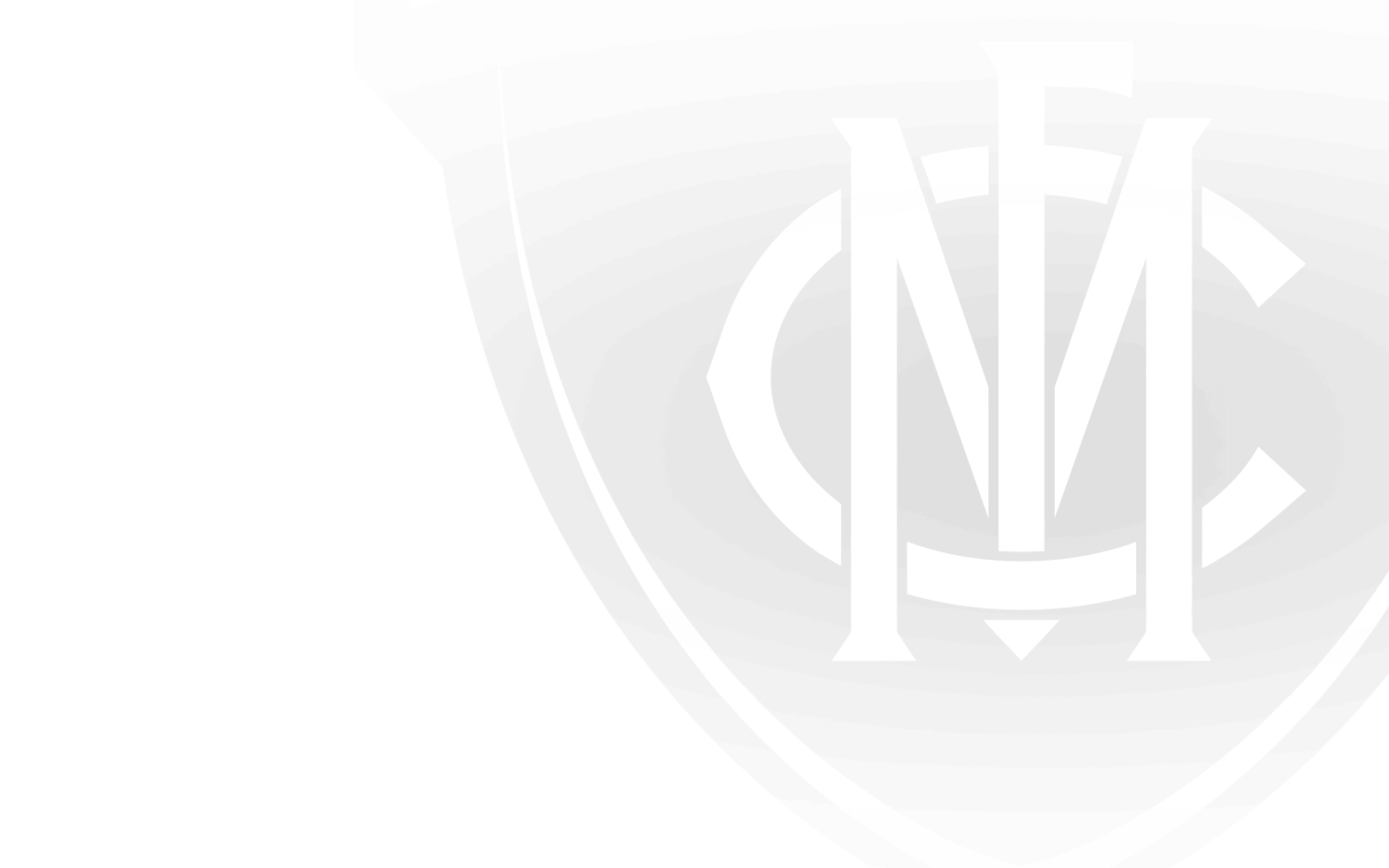While this weekend’s appearance at Manuka Oval will be the Club’s fifth at the Canberra ground, it will be its first there against the new Greater Western Sydney lineup. Out of the other four games held there, one has been against North Melbourne, and the other against the Sydney Swans.
This, of course, is a long way removed from the 1130 games played to date - with one to be added to the total before season’s end - at the MCG. In those figures is included the life of the Club from 1897, through two world wars, the Great Depression, revival, lean times and nearly as many players as games in red and navy blue, red and royal blue, and back again.
Odd names and places appear throughout the list of venues, from that one stop at North Hobart - a win against Fitzroy in 1952, to 28 games at East Melbourne (the East Melbourne Cricket Ground) between 1897 and 1921, including the 1900 premiership win over Fitzroy in 1900. As for Coburg Oval - graced by the Demons in the wake of Norm Smith’s 1965 sacking - that appearance was a loss to North Melbourne which was, fortuitously, the first and last appearance for Melbourne at that ground.
Other one or occasional game venues are distributed far and wide, from a 2004 win over Sydney at Stadium Australia, to an even more recent appearance at the Adelaide Oval at the end of 2011. Following these singular stories are three appearances at Olympic Park in the 1930s - at that time a concrete bunker in Swan Street known at the time as the ‘Motordrome’. These games were played early in the 1932 season, when Melbourne was forced off the MCG while the surface of the arena was being repaired. The fertiliser used on the MCG surface had the potential to cause severe infection, hence the temporary move to the Motordrome. The greatest risk there was posed by the concrete boundary, and - for Melbourne - the Richmond, Geelong and Carlton sides, all of whom were victorious in the brief time that it was a red and blue stronghold.
The evolution of the game has seen Melbourne make its way through many suburban landmarks to display the changing face of the game, where interstate venues such as Subiaco (29 games), the Gabba (19 games) and the SCG (25 games) have effectively become the new extended suburban hubs of the Australian game. There is little doubt that these will in time plant themselves as firmly in the memory for Demon deeds as the Lake Oval - the site of Melbourne’s first win ever in the VFL, 6.8.44 to South Melbourne’s 3.9.27 in Round One, 1897. The Junction Oval also has a story of achievement to tell, quite apart from the 74 games played there by Melbourne between the 1890s and the 1980s. It was also the platform for a record that still stands today, when - in Round 19, 1947 - Fred Fanning kicked 18.1 there as Melbourne ran away to a 93 point drubbing of St Kilda. This total of Fanning’s remains the highest ever kicked in one game by a player to this day.
Punt Road has a poignant tale to tell, with the shared history of the Melbourne and Richmond Football Clubs coming to the fore, displayed clearly through the 1940s. It was then that Richmond essentially adopted and cared for the Melbourne Football Club, as the MCG was not available due to wartime occupation by the RAAF and American Marines following the Battle of Guadalcanal. It was at Punt Road Oval during this tenure that Keith ‘Bluey’ Truscott played his last game while on leave, giving a boost to national morale and helping bring a crowd of around 20,000 to watch an essentially amicable loss to the Tigers. Truscott kicked one goal wearing No. 1 - Ron Baggott gave his all with six - and added another memorable cameo to Melbourne’s Punt Road home ground story.
The names and the connections continue throughout the roll call of past venues. Travelling across the suburbs, Melbourne played 44 games at Glenferrie Oval from the time of Hawthorn’s introduction to the competition in 1925 through a two point win to Melbourne in Round Two, 1973. Then there were 50 games at Arden Street between 1925 and 1983, 63 games at the Western Oval against both Fitzroy and Footscray between 1925 and 1996, 23 games at Moorabbin taking on the Saints from the 1960s to the early 1990s, and 98 games at VFL Park/Waverley, as well as 78 games deep in enemy territory at Victoria Park between 1897 and 1992 - although one of those games was against Fitzroy in Round 3, 1986, rather than the challenge of Collingwood.
There are other familiar names, with 54 games at Kardinia Park - or variant thereof - between 1941 and the current day, superseding the earlier Corio Oval. The 63 games at Brunswick Street also brought in Geelong, with an 1897 finals game being played there, and the rest against Fitzroy between 1897 and 1965.
Football - particularly the evolution of the game from the VFL to the AFL - is an ever moving beast. As Melbourne has shifted from ground to ground in pattern with the game - but always with the MCG at its heart - so this growth and change will continue, giving richness and new chapters to the Club, the game and our sporting culture alike.

